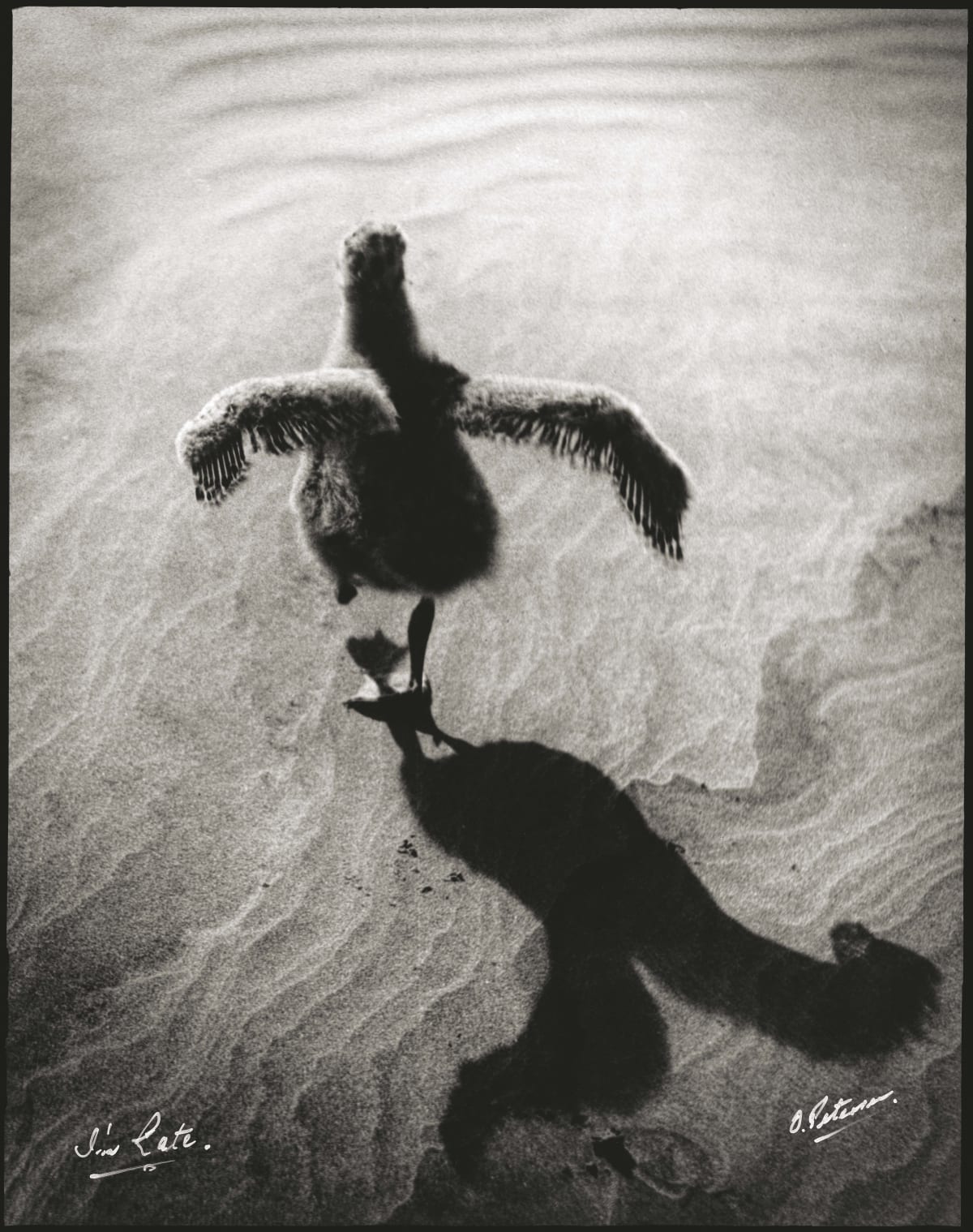
The best photography book of the past 12 months
"His photography", writes Sandra Coney in an essay in the illustrated book of black and white photographs, Nature Boy: The photography of Olaf Petersen, "has been a secret enjoyed by only a few for far too long." Peterson (1915-1994) was cult, or actually less than that: he was commercial, a wedding and portrait photographer, and a photojournalist for Weekly News. In other words he was a hack, but his artistry was hidden in plain sight. Nature Boy brings it into the light, shares the secret; wisely, judges at the 2023 Ockham New Zealand national book awards have longlisted it for the illustrated non-fiction prize. Good. It's too antique to win the prize - there are other, more topical books, engaged with contemporary New Zealand - but I hope it makes the shortlist, in recognition of the tastefully designed full-page layouts of Peterson's photos in the 1950s, 60s and 70s of Auckland's west coast beaches. The book is a knock-out.

The book is produced in association with the Auckland War Memorial Musuem, which means, in part, an opportunity for some of New Zealand's biggest bores to produce deathless essays. Peterson, blathers a worthy by the name of Dr David Gaimster, "is New Zealand's pre-emiment nature photographer of the 20th Century." Frankly this is total bullshit. Where are the flowers, where are the alpine meadows, where are the snows and the seaweeds and the birds? The birdlife in Nature Boy is distant, or played for laughs; Peterson was no Geoff Moon, New Zealand's pre-eminent ornithological photographer of the 20th Century, who placed goldfish in ornamental ponds and waited with his time-lapse cameras to catch kingfishers diving in for their supper.
Likewise, the attempts by other contributors to Nature Boy to place Petersen alongside painters Bill Hammond, Theo Schoon and Don Binney misses the mark. The comparisons are odious. You don't need to rope in artists to argue that Peterson was creating works of art. You just have to look. The art writer and curator Justin Paton has always known how to look at a painting, or a work of art, and tell you what he sees; that perception is absent in Nature Boy, although Peterson himself lets us in on the way he was a student of sand. "I've learnt what to expect if I go out after a storm," he's quoted. "Drying sand in an early or late light is especially effective."

Peterson lived his whole life in rural Swanson. A born and bred westie, then, and Sandra Coney places him in that context in her essay. There are photos of Piha, and Muriwai, but the beach that attracted him the most, where he looked the hardest, was Te Henga, or Bethells. Andrew Clifford writes, "His friend and fellow photographer Frank Hoffmann considered Peterson's nature photography to be the result of a 'total immersion in pictorial awareness'." Nicely said. Nature Boy offers a total immersion in the light and textures of the west coast beaches, from a distant time of black and white, before the devastations of Cyclone Gabrielle, in a state of innocence and bliss.

Nature Boy: The Photography of Olaf Petersen edited by Catherine Hammond and Shaun Higgins (Auckland University Press) is available in bookstores nationwide.





!["[T]he First and Fifth Amendments Require ICE to Provide Information About the Whereabouts of a Detained Person"](https://images.inkl.com/s3/publisher/cover/212/reason-cover.png?w=600)

